Research
Search our website
Search our website by entering a keyword or choose a database above to search specifically.
Search
Showing search results 3,541 - 3,550
14,725 results found

Dung axe
Axe with high (approx. 30 cm), heavy and thick (approx. 4 mm) iron blade
and arc-shaped blade, which is connected to a wooden handle (approx. 90
cm). The dung axe is used to cut through the tamped manure - in the potting
shed or outside - in contrast to the flauchter spade that is used for
cutting. See also turf cutting axe. [MOT

Edge iron
This text can only be consulted in Dutch
<https://www.mot.be/resource/Tool/edge-iron?lang=nl>

Eelspear
This text can only be consulted in Dutch See also the fish spear.

Eel tongs
This text on eel tongs can only be consulted in Dutch. [MOT]

Dog's and sheep trimmer
This text can only be consulted in Dutch
<https://www.mot.be/resource/Tool/dogs-and-sheep-trimmer?lang=nl>

Drum sieve
This text can only be consulted in Dutch
<https://www.mot.be/resource/Tool/drum-sieve?lang=nl>

Egg separator
With an egg separator you can easily separate egg white and yolk. It is
made of tin or plastic, round (approx. 6-10 cm), with holes or slots at the
bottom and possibly with a handle. When the separator is placed over a bowl
and the egg is broken above it, the yolk remains in the small recess in the
bottom while the egg white drips through the openings in the bowl. The yolk
separator can also be made of stone. It then consists of a tray with a slot
that fits on a receptacle. The dish and container thus form one whole.
[MOT]

Egg lifter
This text can only be consulted in Dutch
<https://www.mot.be/resource/Tool/egg-lifter?lang=nl>

Embossing hammer
This text can only be consulted in Dutch
<https://www.mot.be/resource/Tool/embossing-hammer?lang=nl>

Egg tongs
This text can only be consulted in Dutch
<https://www.mot.be/resource/Tool/egg-tongs?lang=nl>








